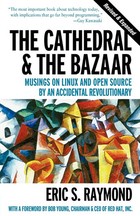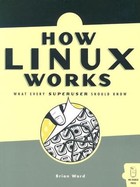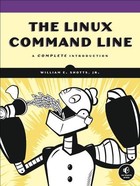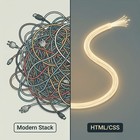Linux desktop adoption has reached unprecedented levels in the US market, with recent data showing the open-source operating system achieving a 5.1% market share - a remarkable 41% year-over-year increase. This surge represents more than just numbers; it signals a fundamental shift in how users perceive desktop computing alternatives.
The Windows 11 Catalyst
The primary driver behind this migration appears to be Microsoft's restrictive Windows 11 hardware requirements. By cutting off official support for CPUs older than 2017 and mandating TPM 2.0, Microsoft has effectively abandoned millions of perfectly functional computers. This decision has created an unexpected opportunity for Linux distributions to capture users who refuse to be forced into hardware upgrades.
Beyond Traditional Metrics
Interesting data sources have emerged to track Linux adoption more accurately. Adult entertainment platforms, which receive massive global traffic and don't rely on self-reported statistics, show Linux usage climbing steadily. This suggests that traditional market research may have historically underestimated Linux adoption due to sampling biases.
The Steam Deck's impact cannot be overlooked either. Valve's handheld gaming device runs Arch Linux under the hood, introducing thousands of gamers to Linux-based systems without them even realizing it. This "stealth adoption" is gradually normalizing Linux in gaming circles.
The Gaming and Creative Breakthrough
Historically, gaming and professional creative work were Linux's Achilles' heel. However, the landscape has transformed dramatically:
- Gaming: Valve's Proton compatibility layer now runs most Windows games seamlessly on Linux
- Music Production: Professional tools like Bitwig Studio provide native Linux support
- General Software: Web-based applications have reduced dependency on OS-specific software
This convergence means users can now transition to Linux without sacrificing functionality in their primary use cases.
Market Dynamics and Future Projections
The current migration pattern suggests we're witnessing a tipping point rather than a temporary spike. Several factors support sustained growth:
- Hardware Longevity: Linux extends the useful life of older hardware
- Privacy Concerns: Growing awareness of data collection practices
- Cost Considerations: No licensing fees for personal or commercial use
- Customization: Unprecedented control over the computing environment
The Enterprise Ripple Effect
While desktop Linux gains momentum, it's worth noting that Linux already dominates server infrastructure with over 90% market share in cloud environments. As more professionals become comfortable with Linux on their personal machines, enterprise desktop adoption may follow. This could create a virtuous cycle where increased market share attracts more commercial software development.
Challenges Remain
Despite the positive trends, Linux still faces adoption hurdles:
- Learning Curve: Most users require time to adapt to new workflows
- Software Gaps: Some specialized applications remain Windows/Mac exclusive
- Support Ecosystem: Commercial support options are limited compared to proprietary systems
Looking Forward
The current Linux growth surge appears sustainable, driven by practical concerns rather than ideological preferences. As Microsoft continues to tighten hardware requirements and integrate controversial features like AI-powered screenshot monitoring, more users will likely seek alternatives.
The question isn't whether Linux will continue growing - it's whether the open-source community can scale support systems and user-friendly experiences to accommodate mainstream adoption. With major hardware vendors increasingly supporting Linux out-of-the-box and software compatibility reaching new heights, we may be witnessing the beginning of Linux's true mainstream moment.
The desktop computing landscape is shifting, and Linux is positioned to capture users who value longevity, privacy, and control over their computing environment. This isn't just about market share percentages - it's about the democratization of computing choice.













